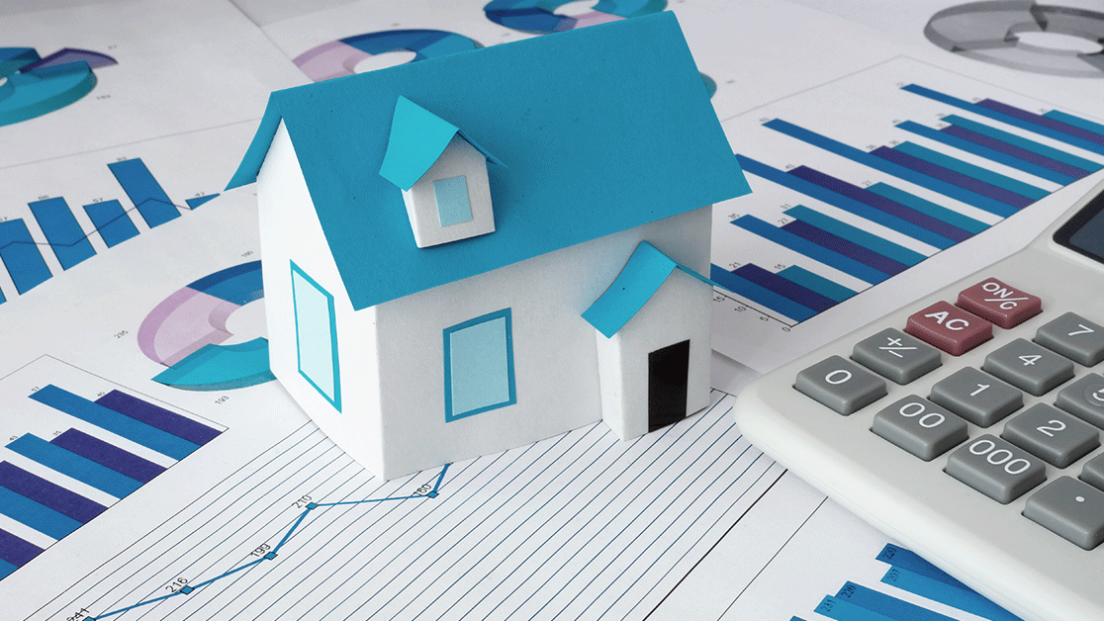Swiss residential property will become 2.5 percent more expensive in 2020

The Swiss residential property price index rose by 2.3 percent in the last quarter of 2020 compared to the previous quarter. The average annual inflation from 2019 to 2020 was 2.5 percent.
According to a press release from the Federal Statistical Office (FSO), the average annual tax rate for home ownership in Switzerland in 2020 is 2.5 percent. This value results from the comparison of the average annual inflation rates of 2019 with 2020. In relation to the last quarter of 2020 the inflation rate was lower. Compared to the third quarter, the residential property price index (IMPI) increased by 2.3 percent. It reached a level of 103.1 points. Compared to the same quarter in the previous year, the rate of inflation was 3.1 percent, reports the FSO.
To explain the calculation of the annual mean inflation, the FSO states that the average annual inflation 2020 of the IMPI of 2.5 percent would correspond to the rate of change between the annual mean 2020 and the annual mean 2019. These annual averages are calculated as the arithmetic mean of the four quarterly indices for the calendar year.
The announcement shows an increased interest in houses compared to apartments: the prices of single-family houses have risen by an average of 2.8 percent over the whole of last year and the prices of condominiums by an average of 2.2 percent.
In the fourth quarter of 2020, however, there was greater demand for apartments than for houses, which was reflected in the price. The price for single-family houses rose by 1.5 percent, but for condominiums by 3.1 percent. Both market segments show higher prices in all of the five types of municipality than in the previous quarter. The rise in single-family house prices was particularly pronounced in the medium-sized communities with a plus of 2.4 percent. In contrast, prices for condominiums rose the most in rural communities: by 5.2 percent.
The differentiation between types of municipality by the FSO is based on density, size and accessibility criteria, such as commuter movements. Of the 2,172 municipalities in Switzerland as of January 1, 2021, 22 percent are urban, 52 percent rural and 26 percent intermediate.